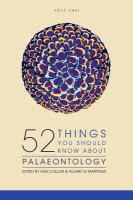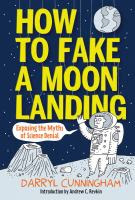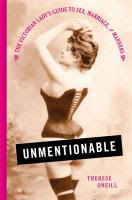Publisher: Hachete Books
Copyright: 2019
ISBN: 9780316449601
This books was an extremely interesting read, that covered a lot of territory and gives the reader a lot to think about. The author is a former correspondents, reporter and editor for Time Magazine. He reported on from over 20 countries on science and environmentally focused stories such as SARS, global warming, extinction and other topics.
The book itself takes a look at eight different scenarios that could end the world, or at least the world as we know it. The first is an asteroid collision such as what wiped out the dinosaurs, and which will happen again eventually. The second is the supereruption of a volcano such as the explosion of what is now the island of Sumatra when the mountain called Toba exploded some 74 thousand years ago and essentially turned day into night for many parts of the world. The ash of Toba was found in areas such as the Indian Ocean, China Sea, Arabian Sea, Lake Malawi in Africa.
The third potential disaster is from nuclear armaments and how some rather unstable world leaders could easily be poised to commit horrendous acts. (Looking at you Putin!) Climate change is the next topic discussed, and even though a significant number of people in the world turn a blind-eye towards the facts, it seems pretty obvious to most that it is. Disease is the next topic, and discusses world-wide epidemics. It seems rather ominous that when this book predicts an epidemic of some kind in the near future when it was written, and that the world is now recovering from one. This topic merges quite well into the next one which is biotechnology, and discusses the possibility that a disease could actually be engineered.
Chapter five deals with Artificial Intelligence and what we could experience in the future if we keep increasing our computer capacity etc. at its current rates. It speculates on what would need to happen, and what the consequences might be, even though it likely won't be anything like "The Terminator" franchise. Personally I believe a better comparison would be the 1970 movie "Colossus: The Forbin Project".
Chapter six deals with Aliens, and while it doesn't deal too much with what might happen if they were to show up, it does go into a fair amount of detail with regard to our searching for them, including the history of SETI (Search for Extra Terrestrial Intelligence) and it's off-shoot METI (Messaging Extra Terrestrial Intelligence).
The final chapter deals with the aftermath of a potential catastrophe and how we might recover. It too goes into a fair bit of detail with regard to how people believe things will unfold and the measures they take to prepare for them. I (and most others) have heard about the survivalist movement, but I wasn't aware there was such a thing as "Doomsday Preppers" who actively plan their lives around the end of the world.
This book, while it was somewhat depressing a couple of times, is a definite eye-opener to how fragile the existence of humans, and all other life on Earth actually is. The fact that asteroids have collided with this planet, super eruptions have occurred, that we have been close to a possible nuclear confrontation in the past and might be again if certain world leaders don't wake up. That we are going through climate change right now, and are hopefully coming close to the end of a world-wide epidemic doesn't bode too well for the survival of our species. After all this only leaves AI and Aliens, which is kind of worrisome.
This is the type of book we need to see more of. Highly recommended.













